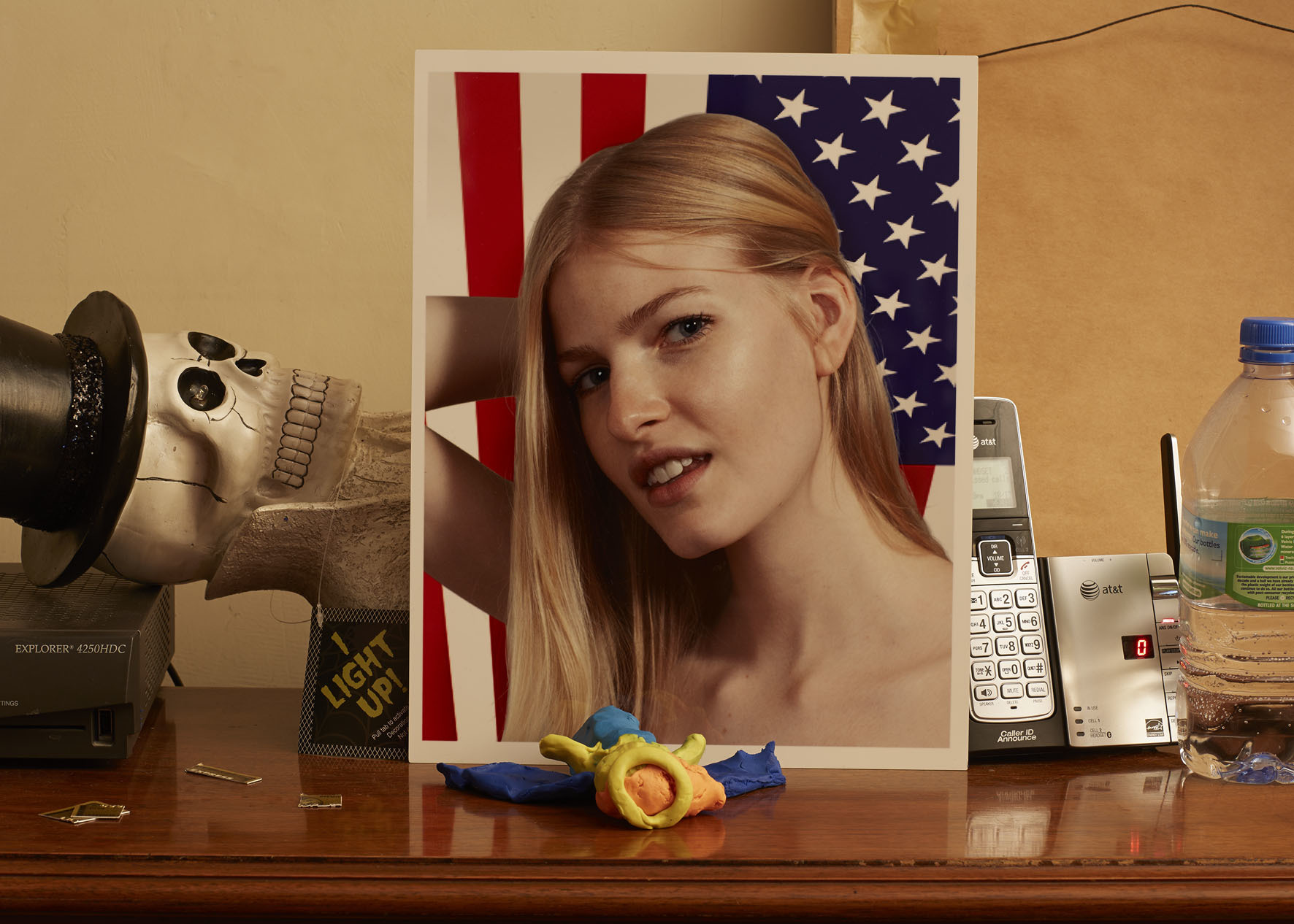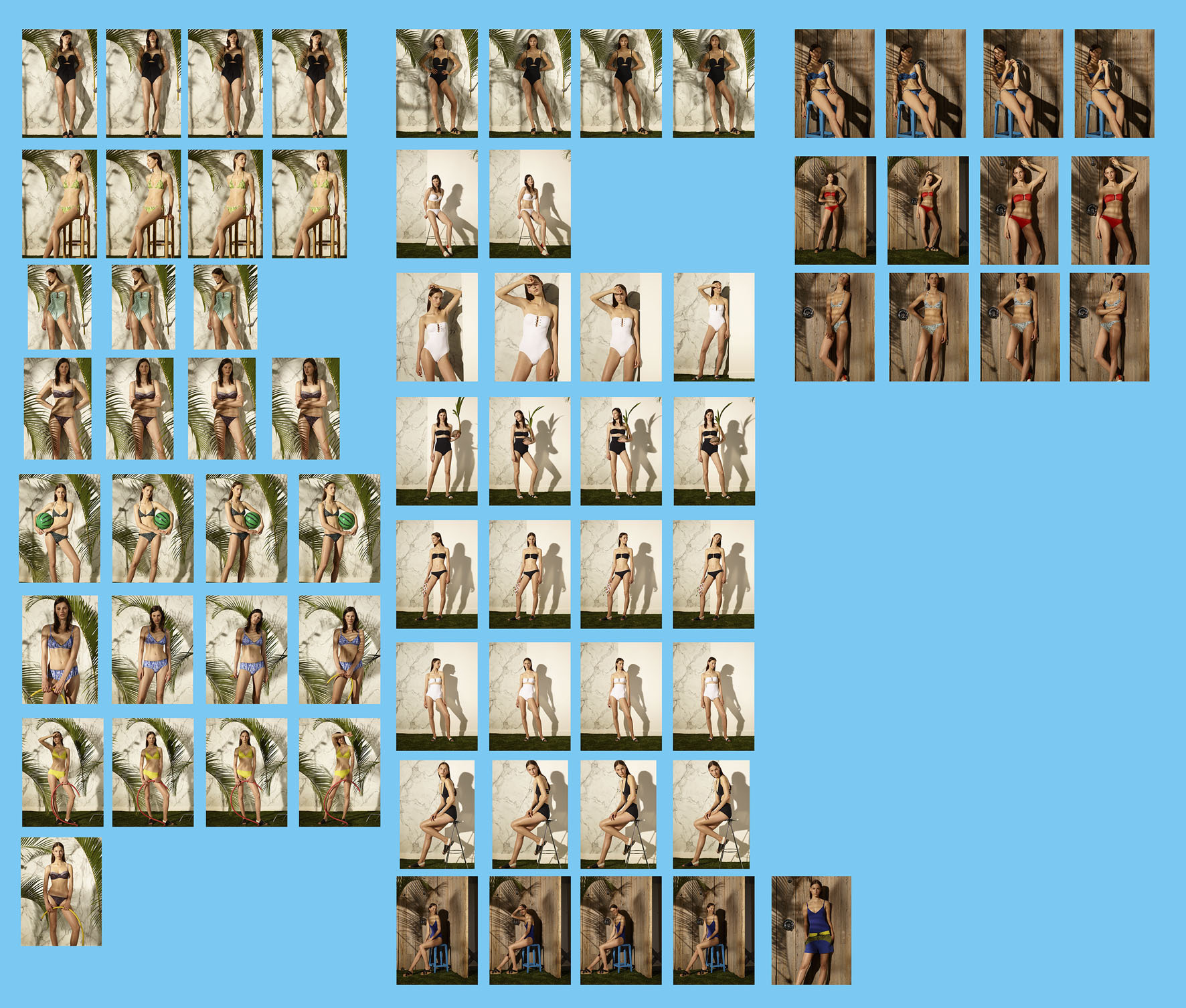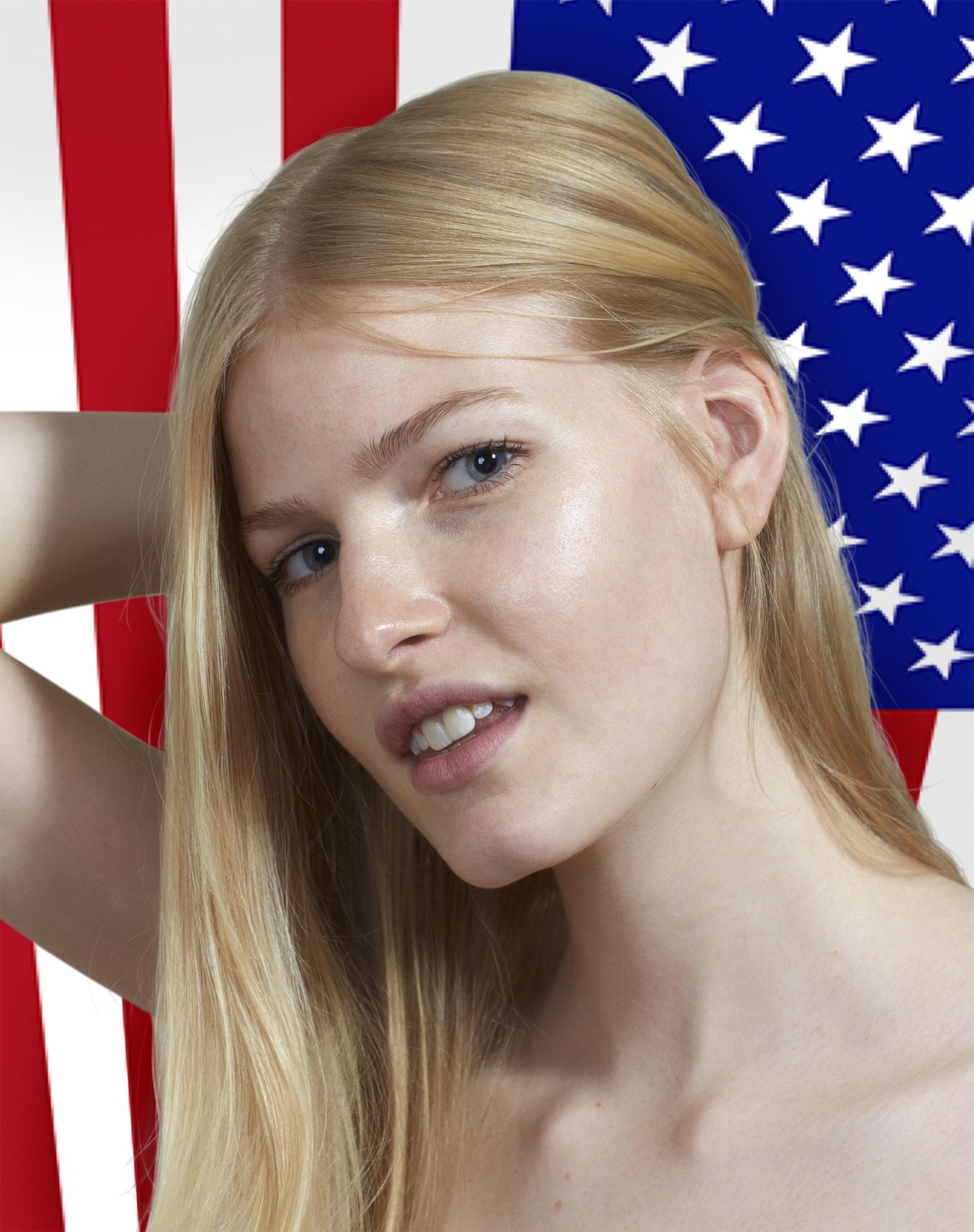The artist-muse relationship is one of the central forces of art history. In photographer Roe Ethridge’s new exhibition at greengrassi,Double Bill (with Andy Harman and special guest Louise Parker), Ethridge explores this relationship with model Louise Parker and set designer Andy Harman, acting as both muses and co-conspirators. The work exists both within and outside of fashion; many of the photographs comprising the exhibition are outtakes from editorials shot within the past year. These images push at the edges of the medium, and take it further. i-D speaks with Roe and Louise about the importance of collaboration and defining fashion.
Why did you decide to title the exhibition Double Bill (with Andy Harman and special guest Louise Parker)?
Roe Ethridge: The theme of collaboration has come organically to me. I have been working with Andy over the past eight years doing editorial work. The title of the show highlights this relationship of collaborator and muse. Andy Harman and I have worked on about a hundred shoots together and one of the things that makes it easy is we both like the boundaries that the commercial world seems to require. It’s a simple formula and anyone can do it. Find the edge, push on it. The thing I love about working with Andy is it’s easy, not always successful, but it’s generally easy. However, this summer, when we tried to apply our simple formula to a concept without a luxury good (with its preset boundaries) we struggled. It was not easy.
The show is a mix of things we shot this summer, both commercially and self-assigned with the show in mind. Including a guest appearance by Louise Parker.

What was your process like composing these photographs?
RE: The works in the show are a mix of images made with Andy (and for Andy). The “with Andy” images are generally outtakes from editorial assignments. The beer and peas image is from a shoot Andy and I did last summer when I gave Andy the assignment to buy materials for a still life from the Key Food in Rockaway Beach, New York. Many of the images from the “key food” shoot ended up getting cut from the show. These “key food” images that were cut from the show later found their way back into the show in the two pieces called Model Prints on Pickles and Roe and Model Prints on Broken Pencil. These grids started out as image objects only as prints to be cut down and placed in a scale model of the gallery. They started without intention to be an artwork, but I found them to be almost like a readymade. They are modified by adding the broken pencil as a background and the sunglasses with crappy drop shadow on top. Scissors at Andy’s Studio is a picture I made at Andy’s studio. It wasn’t set up. Just some stuff laying around. This one I consider “for Andy.”
What attracts you to the format of moodboard or model prints?
RE: I like the compression of these multiple images. The moodboard images are grids that are created during the shoot day. They are comprised of the selects on the set.
Louise, how did you first meet Roe?
Louise Parker: I met Roe’s agent first, on set of a Ryan McGinley shoot where I was Abby Lee Kershaw’s stunt double. He later reached out to me about modeling for Roe, and I ended up doing an editorial shoot with him out at a farm in New Jersey. I was still in college and had no real modeling experience so it was all very exciting!

You’ve modeled for him many times before; what has been one of your favorite experiences from these shoots?
LP: Last winter Roe reached out to see if I would be interested in modeling for an upcoming project of his. He was commissioned to “re-imagine the tomb” of a 19th century French philosopher. It was really cool to experience his thought process, see his references, and understand his final vision. We both laughed about how it is probably the most unusual project either of us will be a part of and how strange it is to think that my image will outlive me in a cemetery in northern France.
You often work behind the scenes in your own photography, recently documenting the Chanel Métiers d’Art show in Salzburg. How does your role change acting as both a model and photographer?
LP: I think the biggest difference is when I am photographing I am in control. In some ways it’s like being a director versus an actor. As a model you play a fictional character, and at the end of the day, someone else walks off with the images and creates a story. As a photographer, I have the ability to tell my own narrative.
Roe, why has working with Andy and Louise been particularly important for you?
RE: I like the collaborator and muse relationship. The complicity and like-mindedness. It is like a mercenary atelier.
Double Bill (with Andy Harman and special guest Louise Parker) is on view at greengrassi, 1a Kempsford Road, London until February 28th, 2015.

Credits
Text Benjamin Barron
Courtesy of greengrassi
